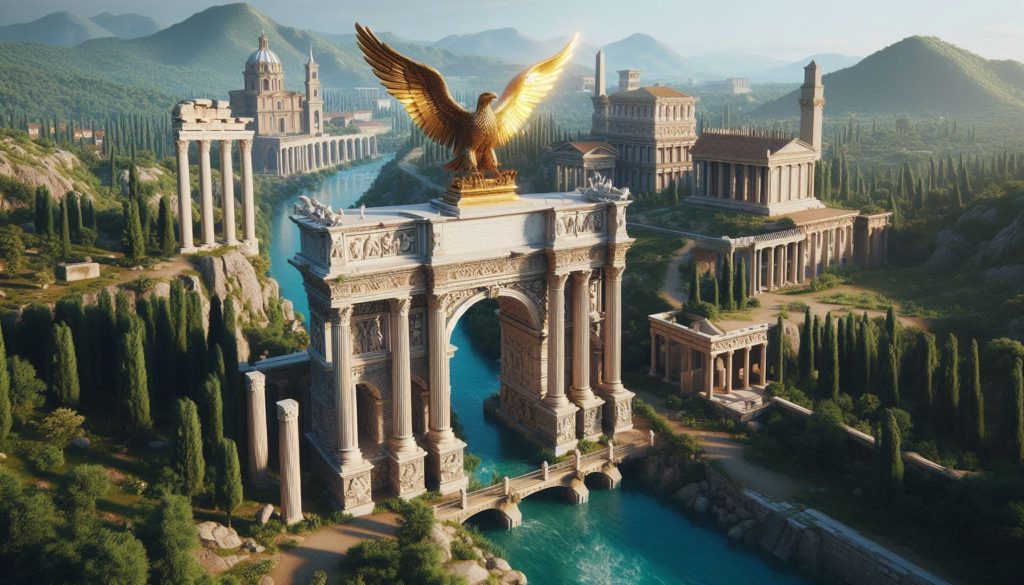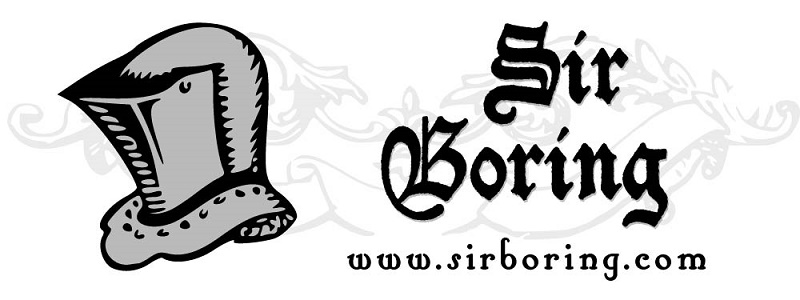
The Roman Empire was one of the most influential civilizations in human history, spanning from 27 BC to 476 AD in the West and continuing in the East as the Byzantine Empire until 1453 AD. Its impact on law, governance, architecture, culture, and religion is still felt today.
Here’s an overview of the Roman Empire’s major aspects:
Founding And Early Expansion
Foundation: The Roman Empire formally began when Julius Caesar’s adopted heir, Octavian, became the first emperor under the title Augustus in 27 BC.
Republic To Empire: Before becoming an empire, Rome was a republic. The transition was marked by internal power struggles, culminating in the assassination of Julius Caesar and the rise of Augustus.
Expansion: Under Augustus and his successors, the empire expanded across Europe, North Africa, and parts of Asia, reaching its territorial peak around 117 AD under Emperor Trajan.
Government And Society
Imperial System: The emperor held ultimate power, but Rome retained elements of republican governance with a Senate. However, real control rested with the emperor.
Social Structure: Roman society was highly stratified. At the top were the elites, including senators and equestrians, followed by plebeians (common citizens), and then slaves, who were an essential part of the economy.
Law: Roman law became a foundation for many legal systems today, emphasizing the rule of law, rights of citizens, and principles of justice.
Military Might
Roman Legions: The Roman army was a key factor in the empire’s expansion and defense. Organized, disciplined, and innovative, the legions were a formidable force.
Pax Romana: For about 200 years (27 BC to 180 AD), the Roman Empire experienced relative peace and stability, known as the Pax Romana. During this period, the empire reached its height in prosperity and cultural achievement.
Culture And Achievements
Architecture And Engineering: Romans were master builders, famous for structures like aqueducts, roads, the Colosseum, and Pantheon. Their use of concrete revolutionized construction.
Art And Literature: Roman art was influenced by the Greeks, but it developed its own distinctive style. Literature flourished, with works by Virgil, Ovid, and Seneca remaining significant today.
Religion: Initially polytheistic, Roman religion borrowed heavily from Greek deities. Over time, Christianity spread throughout the empire, becoming the official religion by the 4th century under Emperor Constantine.
Decline And Fall
Internal Weaknesses: Economic troubles, military overextension, political corruption, and internal strife weakened the empire over time.
Barbarian Invasions: The Western Roman Empire faced increasing pressure from Germanic tribes. In 476 AD, the last Roman emperor in the West, Romulus Augustulus, was deposed by the Germanic chieftain Odoacer, marking the fall of the Western Roman Empire.
Eastern Empire: The Eastern Roman Empire, known as the Byzantine Empire, continued for nearly a thousand years after the fall of the West, until the Ottoman conquest of Constantinople in 1453.
Legacy
Legal Influence: Roman law formed the basis for many legal systems in Europe.
Language: Latin, the language of the Romans, evolved into the Romance languages (e.g., Italian, French, Spanish) and influenced English.
Governance: The Roman system of governance inspired many modern republics and political institutions.
Christianity: The spread of Christianity within the Roman Empire laid the foundation for the religion’s global prominence.
The Roman Empire’s influence on the modern world remains profound, from infrastructure and governance to language and culture. Its rise and fall continue to fascinate historians and laypersons alike.
